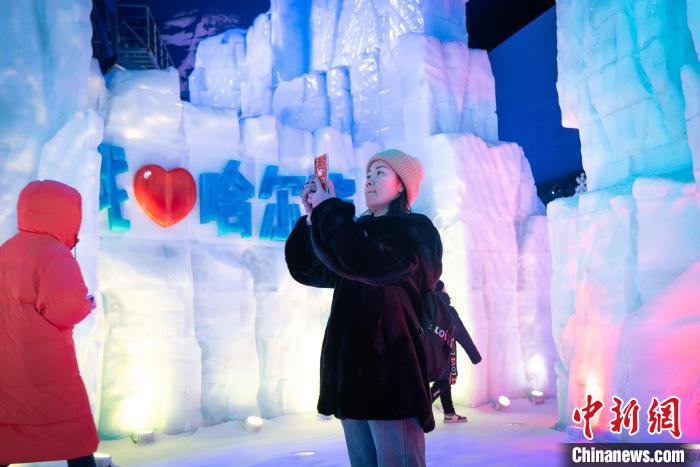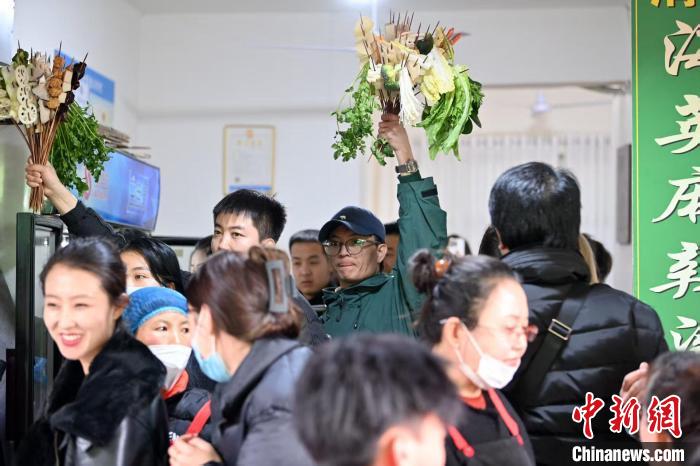




- BRNN
- BRI News
- BRNN News
- Database
Official Documents Polices and Regulations
Inter-government Documents International Cooperation BRI Countries
Business Guide Economic Data BRI Data
Trade
Investment Projects Latest projects
Cases - Content Pool
Many Chinese cities have become top travel destinations in recent years, attracting a growing number of tourists while experiencing consumption growth. Together their insights and stories stand as examples of how other cities can grow their own tourism industries and maintain them.
Boasting rich ice and snow resources, Harbin, capital of northeast China's Heilongjiang Province witnessed surging numbers of tourists as it embraced visitors' suggestions to develop new tourism products, showed exceptional hospitality, and offered satisfactory services.

An indoor ice-and-snow theme park, located within Harbin Ice-Snow World in northeast China's Heilongjiang Province, reopens on Feb. 27, 2025. (Photo/Wang Jiadong)
"The booming ice-and-snow tourism has stimulated foot traffic, logistics and consumption," commented Xu Qin, a deputy to the 14th National People's Congress (NPC) and secretary of the CPC Heilongjiang Provincial Committee.
In 2024, the province saw a 29.1 percent increase in tourist arrivals and a 67.1 percent rise in total tourist spending year on year.
During this ice-and-snow season, the province experienced a 54.1 percent increase in the number of offline catering orders and a 38 percent rise in leisure orders. "These figures indicated that ice-and-snow tourism goes a long way towards developing the local economy, and has huge potential and exerts significant impact on socio-economic development," Xu added.
As the city held the 9th Asian Winter Games from Feb. 7 to 14, Wang Hesheng, a deputy to the 14th NPC and Harbin's mayor, said the city will amplify the "post-Asian Winter Games" effect, boost the ice and snow economy through high-quality development of ice-and-snow sports, and create new highlights in service consumption and new economic growth opportunities.
Another hot tourism destination, Chengdu in southwest China's Sichuan Province, has broadened its appeal by hosting numerous concerts and high-level international sporting events.
The city welcomed over 75,000 spectator visits when the 2024 Badminton Thomas and Uber Cup took place there. The event generated direct economic benefits of 540 million yuan (about $74.59 million), helping drive growth in consumption, food services, accommodation, transportation, and tourism.

Home fans cheer for their team during a football match of Chinese Super League held in Chengdu, capital of southwest China's Sichuan Province, March 2, 2025. (Photo/Liu Zhongjun)
Chengdu's economic target for sports-related consumption in 2025 is at least 80 billion yuan. It will host the 12th World Games in August this year. "We sincerely invite everyone to come to Chengdu," said Wang Fengchao, a deputy to the 14th NPC and Chengdu's mayor.
Food has always been a major calling card for tourism, and Tianshui malatang, the numbing-spicy hotpot from Tianshui city in northwest China's Gansu Province, took the country by storm recently.
In addition to Tianshui malatang, a series of innovative cultural and tourism activities the province held last year such as a grand "10,000-person starlight concert" in Dunhuang city and night tours in Jiayuguan city became an instant hit. The province recorded a 15.9 percent growth in visitor numbers and a 25.7 percent surge in visitors' spending in 2024.

Tourists line up in a malatang diner of Tianshui city, northwest China's Gansu Province, March 14, 2024. (Photo/Jume Tenzin)
This year, the province will develop tourism products related to Fuxi, the mythical ancestor of the Chinese nation, develop a tourism circle centering around Dunhuang, and promote high-quality utilization of tourism resources along the Yellow River, China's mother river.
"Gansu aims to achieve a 10 percent increase in tourist arrivals and a 15 percent rise in tourism spending in 2025, striving to transform the tourism industry into an emerging pillar industry," said Lei Siwei, a deputy to the 14th NPC and deputy governor of Gansu.

Tel:86-10-65363107, 86-10-65368220, 86-10-65363106